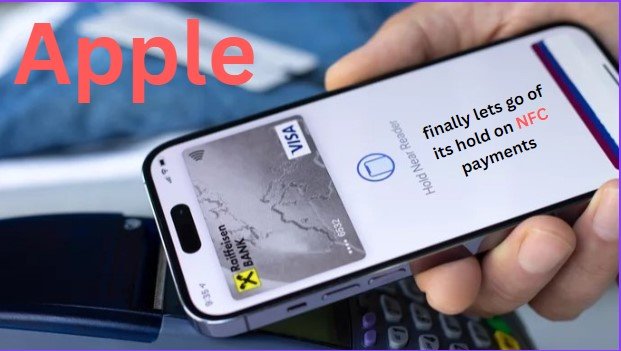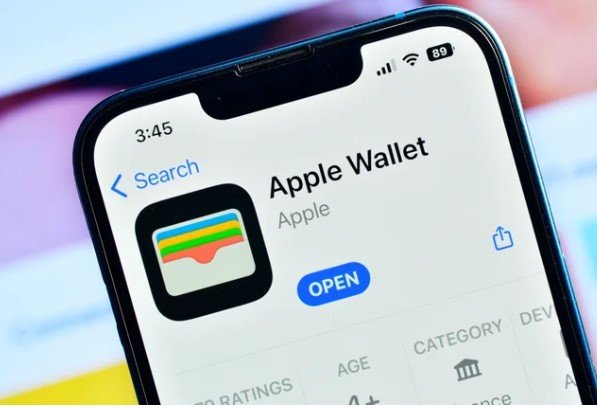With iOS 18, Apple Finally Lets Go of Its Hold on NFC Payments: Why It Is Important
Apple’s decision to open up its NFC (Near Field Communication) payment system with iOS 18 marks a significant shift in the tech giant’s stance on payment technology. For years, Apple has tightly controlled the NFC chip in its devices, allowing only its proprietary Apple Pay service to utilize the feature for contactless payments. However, with iOS 18, Apple is changing course, allowing third-party apps to access the NFC chip for payments. This development has far-reaching implications, not just for consumers, but also for app developers, financial institutions, and the broader mobile payments ecosystem.
A Long-Awaited Change
Apple introduced NFC capabilities with the iPhone 6 in 2014, but from the beginning, the company restricted access to the chip. Unlike Android devices, which allowed various apps to use NFC for payments, Apple kept the feature exclusive to Apple Pay. This walled-garden approach limited consumer choice and gave Apple a significant advantage in the mobile payments space.
The decision to finally open up NFC payments with iOS 18 comes after years of pressure from regulators, particularly in Europe, where competition authorities have raised concerns about Apple’s monopolistic practices. In 2022, the European Commission issued a formal statement accusing Apple of restricting competition by preventing third-party developers from accessing the NFC chip. This move by Apple could be seen as a response to such regulatory scrutiny, as well as a recognition of the growing demand for more open ecosystems in mobile technology.
Why This Matters for Consumers
The most immediate impact of Apple’s decision will be felt by consumers. By allowing third-party apps to access NFC, users will have more options when it comes to contactless payments. Currently, iPhone users are limited to Apple Pay, but with iOS 18, they will be able to choose from a range of payment services, including those offered by banks, fintech companies, and retailers.
This increased choice could lead to more competitive pricing and better services as companies vie for users. For instance, banks might offer exclusive rewards or lower fees to encourage customers to use their NFC-enabled apps. Additionally, the move could spur innovation, as developers create new and unique ways to utilize NFC technology beyond just payments, such as loyalty programs, ticketing systems, and secure access controls.
Furthermore, this change will benefit those who prefer to use a payment service other than Apple Pay. Whether due to loyalty to their financial institution or concerns over privacy and security, some users have resisted adopting Apple Pay. Opening up NFC payments will allow these individuals to finally take advantage of contactless payment technology without having to compromise on their preferences.
Implications for Developers and Financial Institutions
For developers, Apple’s decision represents a significant opportunity. Until now, developers on iOS had to rely on less efficient or more cumbersome methods for contactless payments, such as QR codes or Bluetooth. With direct access to the NFC chip, developers can create more seamless and user-friendly experiences. This could be particularly beneficial for companies in regions where NFC payments are already well-established, such as Europe and Asia.
Financial institutions, too, stand to gain. Many banks and fintech companies have already invested heavily in their own digital wallets and contactless payment systems. However, these efforts have been hampered on iOS devices by the Apple Pay exclusivity. With iOS 18, banks can now offer their own NFC-enabled payment solutions directly through their apps, allowing them to strengthen their relationships with customers and compete more effectively with Apple Pay.
The Broader Impact on the Mobile Payments Ecosystem
Apple’s decision to open up NFC payments could have ripple effects across the mobile payments industry. In recent years, Apple Pay has become one of the dominant players in the space, alongside Google Pay and Samsung Pay. However, by allowing third-party apps to access NFC, Apple could be undermining its own position in the market.
This move could lead to a more fragmented mobile payments landscape, with different apps and services competing for users. While this could create challenges for consumers, who may need to navigate multiple payment options, it could also drive innovation and competition, ultimately leading to better services and lower costs.
Moreover, this change could encourage other tech giants to reevaluate their own NFC policies. If Apple’s move proves successful, companies like Samsung and Google might be prompted to further open up their platforms to third-party developers, leading to a more level playing field across the industry.
Conclusion
Apple’s decision to open up NFC payments with iOS 18 is a significant moment in the evolution of mobile payments. By allowing third-party apps to access the NFC chip, Apple is giving consumers more choice, empowering developers, and potentially reshaping the mobile payments ecosystem. While the full impact of this decision will take time to unfold, it represents a crucial step towards a more open and competitive mobile technology landscape.


